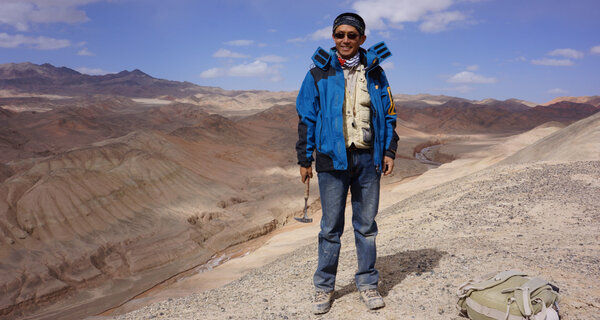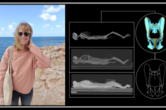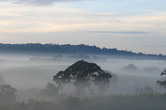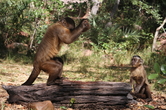International Primatology Lecture 13 | Prof. Xijun Ni

International Primatology Lectures on Past, Present and Future Perspectives of the Field
In this lecture series, we explore various origin stories as told by famed members of our primatology comunity. Most lectures are held via Zoom Webinars and archived on our CICASP YouTube Channel.
Unlike most academic lectures, which are usually focused on testing scientific hypotheses, this series is designed to offer a feel for how one becomes a professional in the field of primatology. In a way, we might think of it as a career primer for young primatologists just starting their own journeys into the nether regions of Academia. At the same time, anyone might enjoy the stories told of big dreams, exotic locations and species, and the humanity inherent in forging a new path in life and in work.
Check out all videos in this series on our CICASP YouTube channel playlist, and follow us on Facebook and Twitter to keep up with all our activities.











